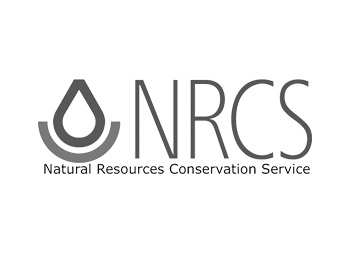Here are some opportunities offered by our partners this month:
Friends of Trees
Saturday, March 5, 9:00am: Saum Creek Trail planting
Saturday, March 19, 9:00am: Lower Gales Creek planting
Saturday, March 26, 9:00am: Summer Creek Natural Area planting
For a full list of Friends of Trees events, click here.
The Wetlands Conservancy
Month of March: Amphibian Surveys
City of Hillsboro
Thursday, March 3 and 17, 10:30am Tiny Tadpoles
Saturday, March 5, 10:30am Young Scientists Club
Saturday, March 19, 10:00am Introduction to Nature Journaling
Saturday, March 26, 1:30pm Wetlands Exploration Days
For a full list of City of Hillsboro events, click here.
SOLVE
Sunday, March 13, 1:00pm Unity Park Clean Up Event
Tualatin Hills Park & Recreation District
Saturday, March 12, 9:00am: Community Garden Work Party at Ridgewood Park
Saturday, March 26, 9:00am: Restore the Natural Areas at Fir Grove Park
For a full list of THPRD events, click here.




































